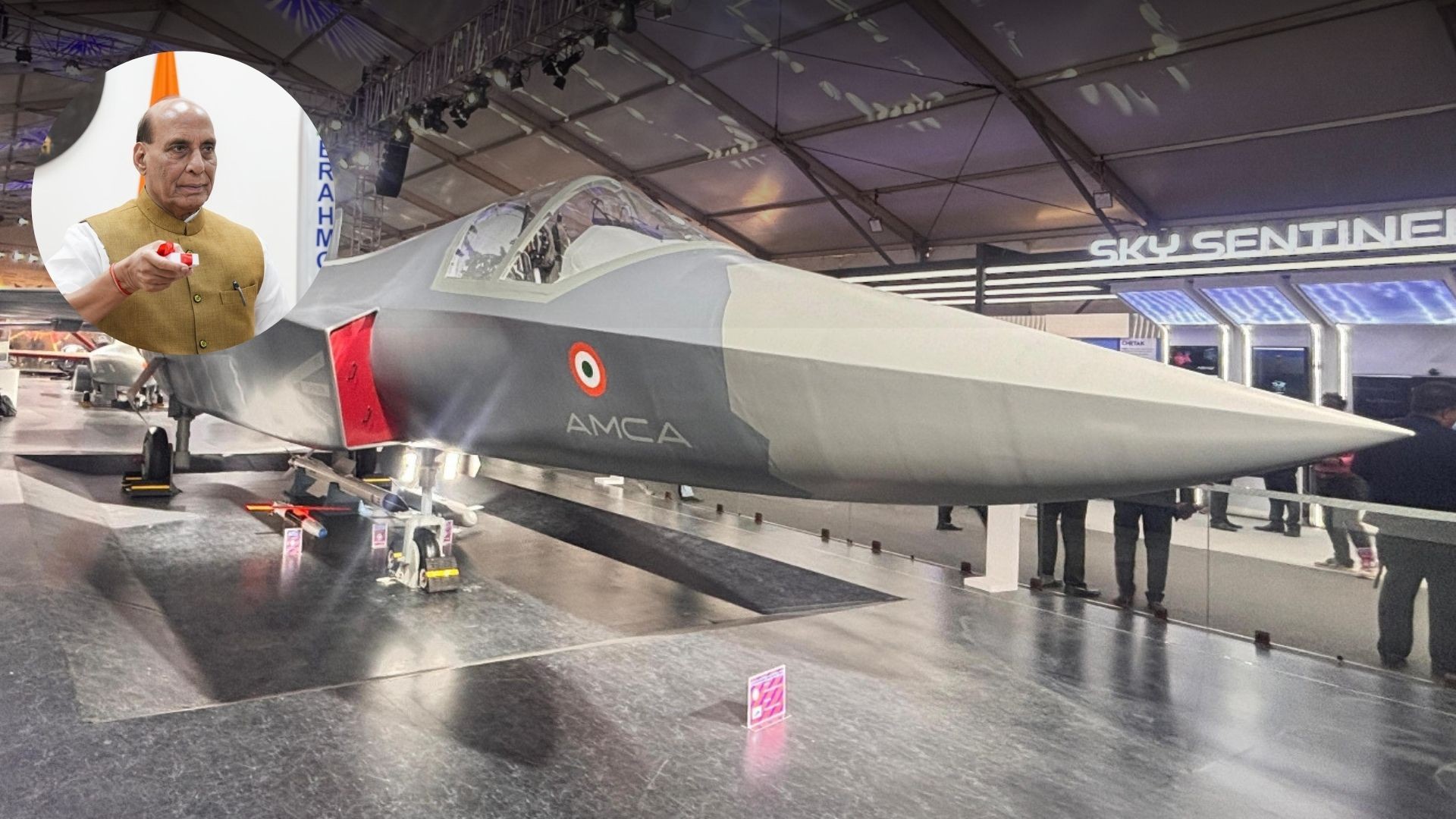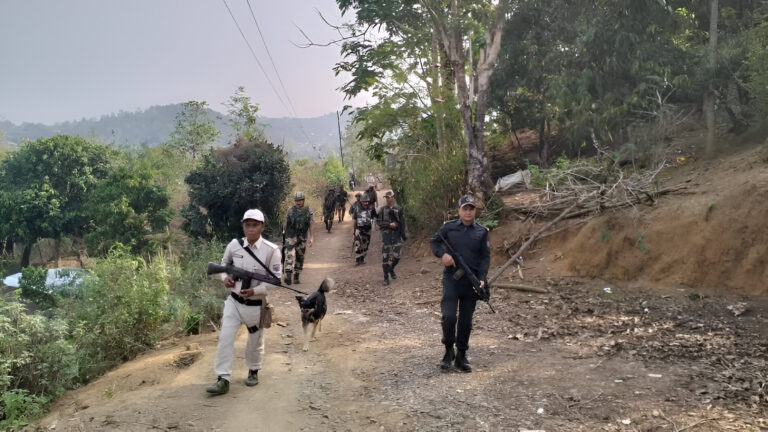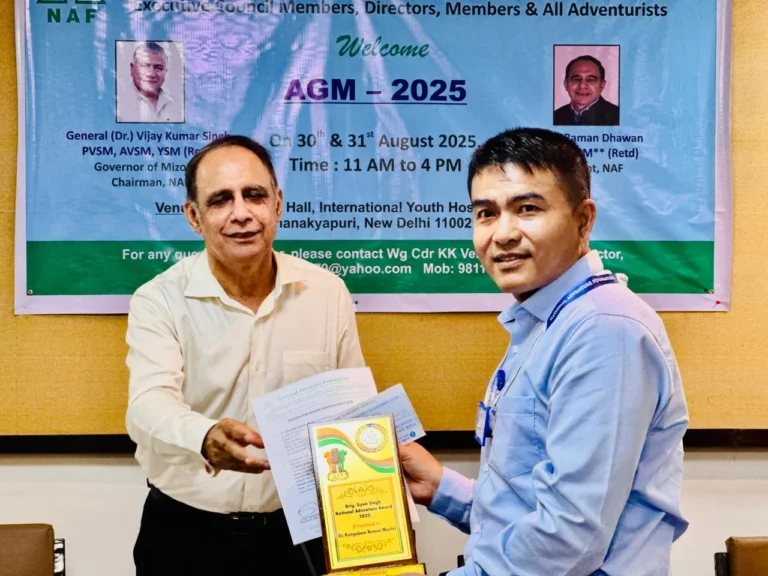India’s AMCA Race: Seven Companies Bid to Build a Fifth-Generation Stealth Fighter
Seven Indian firms have submitted bids to partner with the Defence Research and Development Organisation (DRDO) / Aeronautical Development Agency (ADA) to design and develop prototypes of the Advanced Medium Combat Aircraft (AMCA) — India’s planned home-grown fifth-generation stealth fighter. A selection committee (reportedly led by former BrahMos chief A. Sivathanu Pillai) will evaluate the bids; two bidders will be shortlisted and funded (about ₹15,000 crore between them) to build five prototypes before manufacturing rights and serial production decisions are finalised. The shortlist includes major aerospace players such as HAL, L&T, Tata Advanced Systems, Adani Defence and others.
A fifth-generation platform is a tightly coupled system where aerodynamics, materials, propulsion, thermal management, electronic warfare, sensors and software must work together seamlessly.
Key technical challenges include:
- Stealth shaping and materials: Low radar cross section comes from geometry and radar-absorbent materials — both hard to manufacture at scale without defects.
- Powerful propulsion: High-thrust, durable engines that can sustain supercruise (high-speed flight without afterburner) are notoriously difficult; indigenous engine development has been a historic bottleneck.
- Sensors & fusion: AESA radars, infrared search and track, distributed sensor fusion and secure datalinks — the software that fuses sensor inputs into a single tactical picture is as vital as metal and fuel.
- Internal weapons bays: For stealth, weapons must be carried internally, forcing complex release mechanisms and bay thermal/pressure solutions.
- Certification and lifespan management: Military aircraft must meet rigorous endurance and safety standards that require years of flight testing.
FAQs
Q1: What exactly is AMCA and why does India want it?
A1: AMCA (Advanced Medium Combat Aircraft) is India’s indigenous program for a fifth-generation stealth fighter intended to feature low observable design, advanced avionics and sensor fusion, internal weapons bays, and high performance. India pursues AMCA for strategic autonomy, modernising air power, and building an exportable defence industrial base.
Q2: How many companies bid and who are the leading contenders?
A2: Media reports state seven Indian companies have bid; leading named contenders include HAL, Larsen & Toubro (L&T), Tata Advanced Systems, Adani Defence and other major private groups. A selection panel will now evaluate the bids and shortlist two partners.
Q3: What does the ₹15,000 crore figure mean?
A3: Reports indicate about ₹15,000 crore will be funded between the two shortlisted bidders to build five AMCA prototypes. That funded prototyping phase aims to produce flightworthy test aircraft that ADA/DRDO can evaluate before final manufacturing contracts are granted.
Q4: What is the biggest technical challenge for AMCA?
A4: While AMCA is complex overall, the engine is often cited as the biggest bottleneck: a high-thrust, reliable, long-life engine capable of supercruise is hard to design and manufacture. India is exploring partnerships and indigenous development routes to meet this critical requirement.
Q5: When might AMCA be expected to fly or enter service?
A5: Official roadmaps and reporting have suggested prototype rollouts in the late 2020s and service entry in the early-to-mid-2030s; however, these timelines depend heavily on partner selection, engine progress and successful flight testing — so expect multi-year slippage risk.




